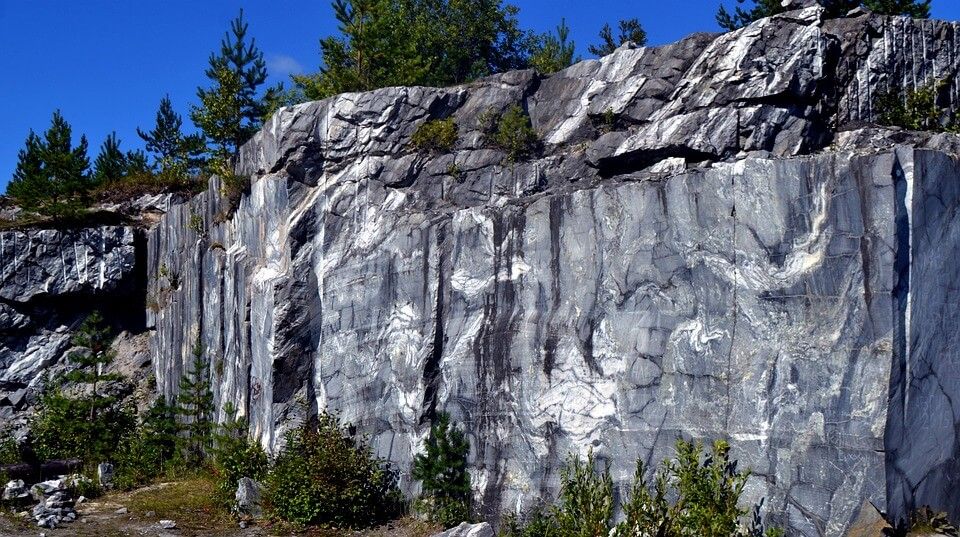
What Happens to Stone Quarries and Aggregate Sites After Decommissioning?
Have you ever wondered what happens to stone quarries and other aggregate sites once they are no longer in use? Do you wonder if they are they just left to fill up with rain water and become swimming holes? Aggregate extraction sites are subject to much environmental concern due to the effects of extraction upon the land. However, aggregate extraction sites go through a rehabilitation once they are no longer in use for the benefit of the surrounding environment and communities.
The land returns to a natural landscape, providing many land-use opportunities and creating hospitable environments for local ecologies to prosper. The rehabilitation practices for stone quarries and other aggregate sites has come a long way as the standards for rehabilitation continuously increase and focus more on site-specific ecologies.
Rehabilitiation
The main aspect of rehabilitation often involves grading slopes, laying subsoil and topsoil, and planting vegetation. More so than ever, vegetation is being planted that is native to the area, restoring the land back to its true natural setting. This creates healthy habitats for wildlife and beautiful natural surroundings full of vegetation. Not only is this good for the environment, but it can also be quite beneficial to the surrounding community. Rehabilitated land provides excellent economic, social, recreational, and housing opportunities.
Land Uses
Once stone quarries and other aggregate sites have been rehabilitated, the land uses for these areas are vast and are often more productive and well-integrated into the surroundings than before extraction even occurred. The land uses for rehabilitated sites include:
- Natural—parks, wetlands, wildlife habitats;
- Residential—housing subdivisions;
- Recreational—golf courses, fishing areas;
- Water—ponds and lakes that become habitats for aquatic wildlife;
- Open space—for mixed-use;
- Industrial—manufacturing plants, warehouses;
- Agricultural—farmland, orchards, vineyards;
- Commercial—stores, malls; and,
- Institutional—schools, hospitals, long-term care facilities.
Site rehabilitation means that visitors and residents of these areas may not even realize the sites were once stone quarries or pits.
The Future of Site Rehabilitation
The standards for site rehabilitation have improved over time. There is now a shift in focus on preserving the ecology of a specific site—using the surrounding landscape to influence ecosystems and land use. This includes prioritizing the planting of native vegetation species to preserve the natural environment.
Stone quarries and sand and gravel pits offer many benefits to a community. These extraction sites provide the aggregates needed for an area’s development. Once a company finishes using the site, land restoration returns it to a natural state for enjoyment by wildlife and people in the community.
